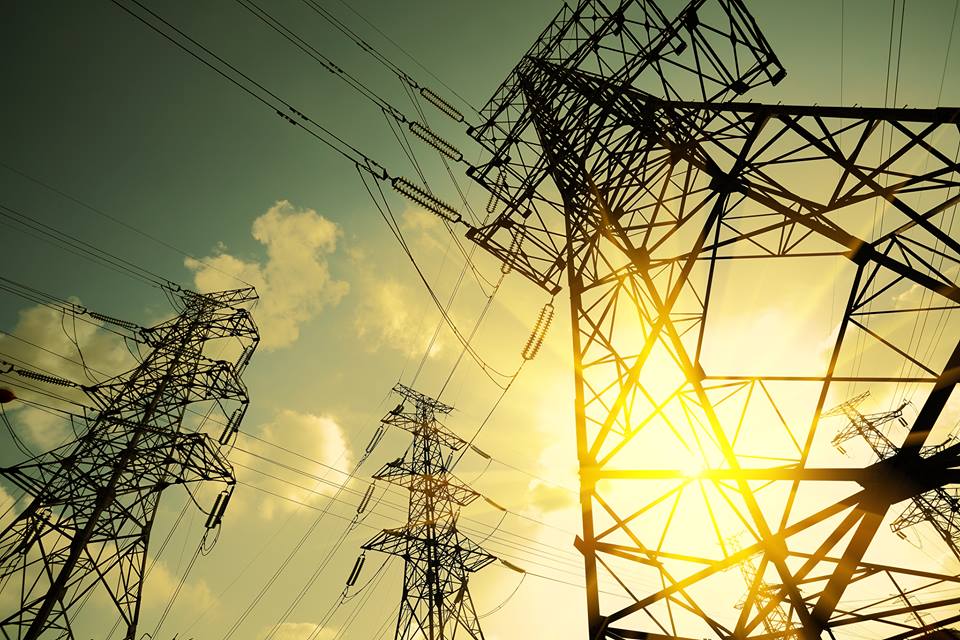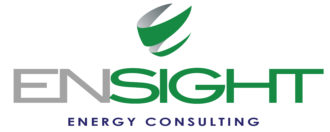 Generation, storage, transmission, and consumption of energy is an inherently complicated process. While the production and use of other goods and services have prospered in the digital domain, the conversion of energy to electricity has changed little over the past century. When asked to envision electricity generation, most customers picture large power plants, transmission lines and substations as the norm. With the arrival of mandatory markets in renewable energy, the old system has proven burdensome in logging and tracking the production from different energy sources.
Generation, storage, transmission, and consumption of energy is an inherently complicated process. While the production and use of other goods and services have prospered in the digital domain, the conversion of energy to electricity has changed little over the past century. When asked to envision electricity generation, most customers picture large power plants, transmission lines and substations as the norm. With the arrival of mandatory markets in renewable energy, the old system has proven burdensome in logging and tracking the production from different energy sources.
Designing and setting up accounting systems for electricity generation can cost utilities hundreds of thousands of dollars; Vermont estimates that total state utility-wide documentation costs “would total $200,000 in the first year and rise thereafter with inflation.” For next-generation electricity sources, documenting energy efficiency (EE) remains an especially large problem. As Schneider Electric Strategic Partnership global head Philippine de T’serclaes points out, the inability of bankers and investors to directly measure benefits of EE projects can make these potential backers weary of investing in otherwise-promising ventures. The complications “underlying EE investments result in investors demanding an implicitly higher rate of return to offset the perceived higher risk of EE projects.”
Enter the blockchain. This digital technology, known for making cryptocurrencies possible, allows users to make transactions directly with other users in the digital realm. If a utility, commercial enterprise, or rooftop solar owner generates excess electricity, they can simply sell it in the digital realm using blockchain technology. The peer-to-peer makes the middleman unnecessary and renders the need for paperwork every-step-of-the-way unnecessary. At a time of rampant cybersecurity breaches, digital fraud, and malware, blockchain technology offers key safeguards via a digital ledger, where all network participants act as “witnesses” to each transaction.
Transactive Grid, a burgeoning energy market platform based out of Brooklyn, New York, offers an interesting case study into the inner-works of peer-to-peer electricity exchange. Within this distributed ledger technology, participants can buy and sell excess solar power from one another. The over 100 households participating in this experiment are able to transact with one another without a central authority dictating the terms of the exchange. On the surface, this appears to show that electricity consumers don’t need a utility to buy and sell electricity. But without cost effective batteries to store electricity for peak period usage, experiments such as TransActive will inevitable face problems of volatility and scale.
And while some utilities are terrified by the emergence of decentralized systems, incumbent players can learn much from blockchain experimentation. The easy, digital emergence of prices, for example, offers a window into real savings for utilities grappling with billing and calculation costs. As Bain & Company analysts Julian Critchlow and Aaron Denman note, “While few utilities currently have the capabilities necessary to manage such large volumes of data and to draw valuable, real-time insights, many utility executives say they are beginning to build up such capabilities internally.” Data coming together spontaneously via digital exchanges, then, can save utilities millions of dollars in costs down the line. These autonomous processes will make renewable generation documentation far easier, making regulatory compliance for renewable portfolio standards far easier.
Market exchanges for buying and selling electricity must focus on more than just renewable energy sources. Blockchain generation (“mining”) is energy intensive in-itself and relies on continuous generation to operate reliably. The aggregate computing power of all blockchains currently is several times that of the world’s top supercomputers. Computers working through the complex mathematics necessary to create and verify new digital transactions are using up roughly 35 terawatt hours annually, outpacing the consumption of around 150 countries. Grist contributor Eric Holthaus notes the “power-hungry network is currently increasing its energy use every day by about 450 gigawatt-hours, roughly the same amount of electricity the entire country of Haiti uses in a year.” To make up for the large energy shortfall for blockchain mining, investors successfully pushed the Australian government to reopen a decommissioned coal-fired power plant in Hunter Valley, NSW. Australia is hardly alone; China holds nearly 60 percent of the world’s largest cryptocurrency mining pools and relies heavily on coal-generated electricity to power them. The natural question, then, is whether investors powering utility-led blockchain investments in the United States will also benefit from investments in traditional fossil-fuel based energy sources.
These questions, against the backdrop of growing digital energy markets, underscores the need for experienced technical advisory services. Ensight Energy offers comprehensive technical and financial advisory services for energy projects, with an experienced team of engineers and consultants. For expert advice during every stage of your energy project’s lifecycle, feel free to contact us via email at info@ensightenergyllc.com or by phone at 720.648.6554.
